It took me over five months, after moving to Milan last year, to make it out to the Abbey at Chiaravalle. I’m not sure why – it’s a simple, short bus ride outside of the city. I had been told by a few people how beautiful the Abbey and the area around it is and I had been looking forward to going, just never got around to it.
So finally, one Sunday last fall, I hopped on Bus #77 heading south and got off about twenty-five minutes later at the entrance to the Abbey. On one side of the road are fields, part of the Parco Agricolo Sud Milano. On the other is a stone wall surrounding the monastic property. A monk greeted visitors at the entrance with a smile and a nod.
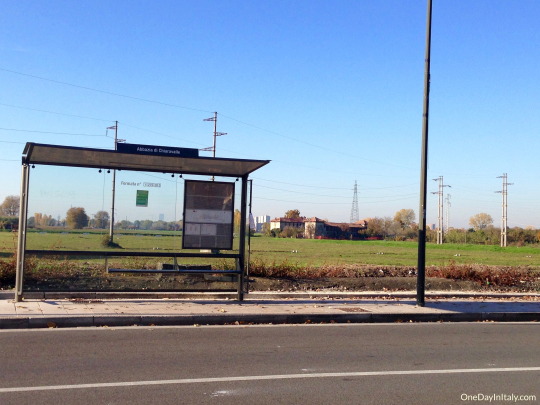
Cistercian monks originally came to Milan from France in 1134CE. One year later, in 1135CE, Bernard of Clairvaux arrived. Bernard had begun Clairvaux Abbey near Dijon, France and made the trek into Lombardy to assist with the conflict between Pope Innocent II and Antipope Anacletus II. Before leaving the area, he claimed some marshland southeast of the city to build Chiaravalle Abbey. Fun fact: “Clairvaux” and “Chiaravalle” both mean “clear valley” (in French and Italian, respectively).
The first abbey was consecrated on May 2, 1222. True to their mission of manual labor, the monks cleared the marshland and built irrigation systems to farm the previously unusable fields. They began making all sorts of products, even inventing the process for creating “grana” cheese, the very general cheese family that both Parmigiano Reggiano and Grana Padano belong to. For several centuries, the Abbey of Chiaravalle was the foundation of religious and economic life in the community of Chiaravalle that sprung up around it (and is still there today).
During the Spanish rule of Milan in the late 1600′s, the Abbey fell into a bit of disrepair and was eventually deconsecrated in 1796CE. It wasn’t until the early 20th century that the Abbey was renovated and reconsecrated. The Cistercian monks returned in 1952CE and resumed manufacturing a multitude of wonderful products that are available in a store just inside the abbey walls.
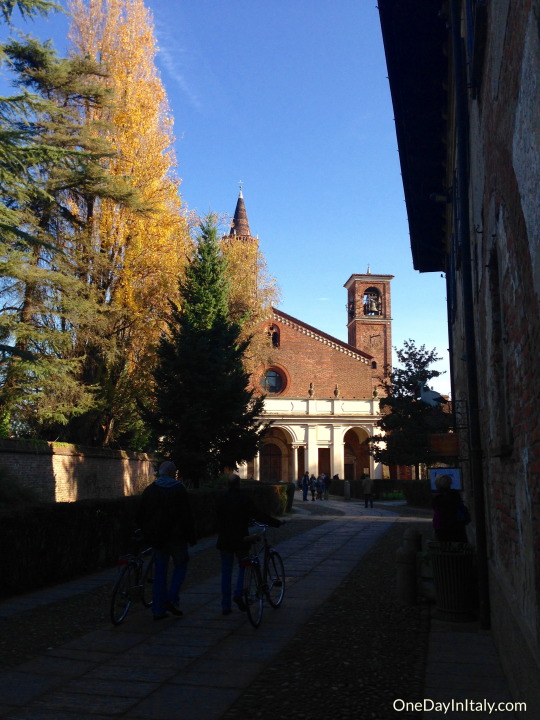

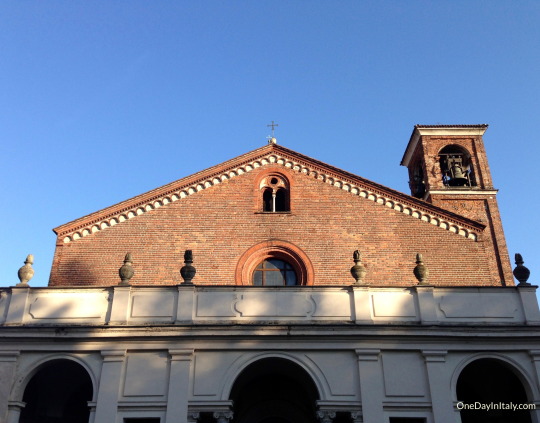
I had been looking forward to a guided tour in English (my brain was fried from speaking Italian all the time) but unfortunately, though the website said they were offered every day, I got there only to learn that there were no tours in English that day. Only with a tour or one of the abbey’s scheduled classes (cooking, arts & crafts) can you access certain parts of the abbey, like the Old Mill. With a shrug and a sigh, I explored the 12th-century church (the facade was renovated in the 17th century) and the adjoining cloisters.
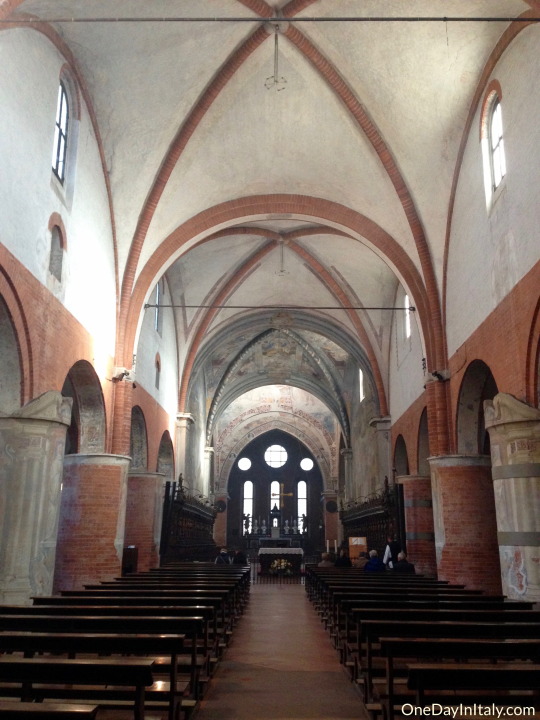
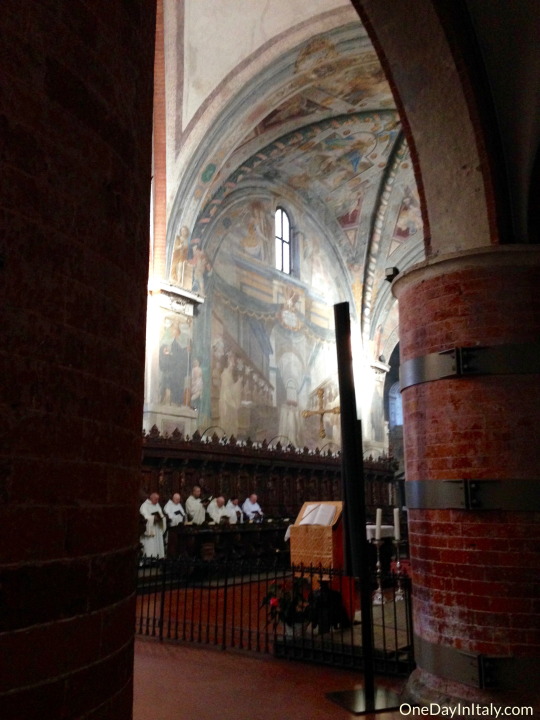

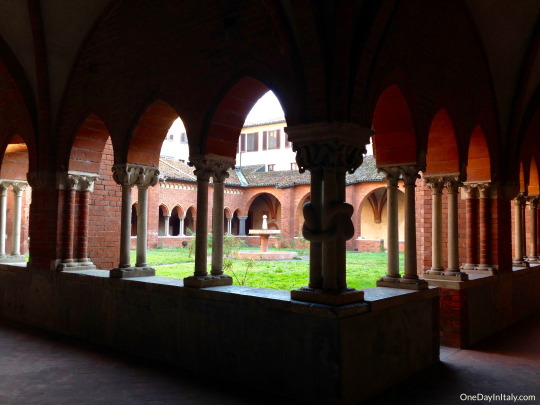
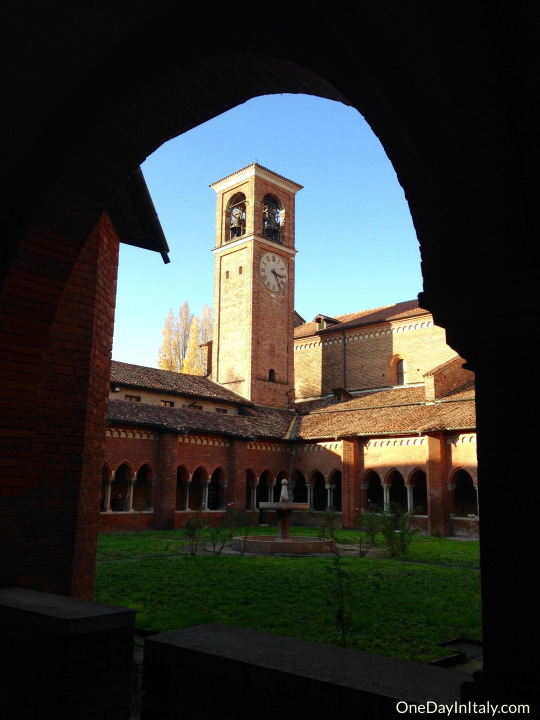
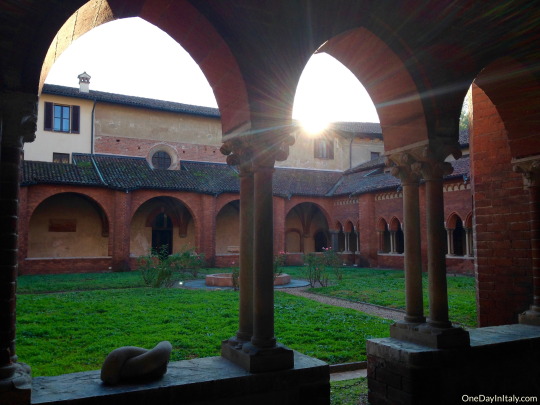
One of the most striking elements of the Abbey of Chiaravalle is the Ciribiciaccola, a tower that was added on in the 14th century. It’s made out of a series of octagonal sections, each with mullioned windows and white spires made of the same Candoglia marble that adorns the facade of Milan’s world-famous cathedral.

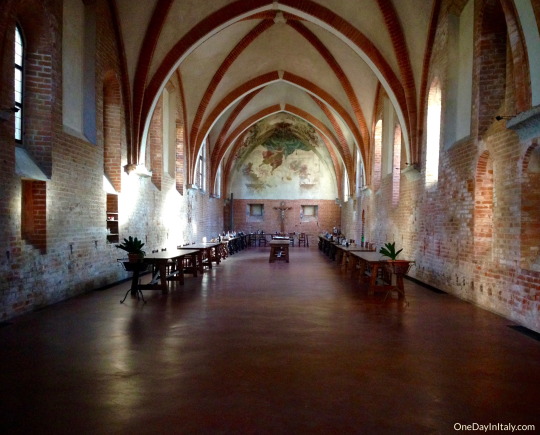
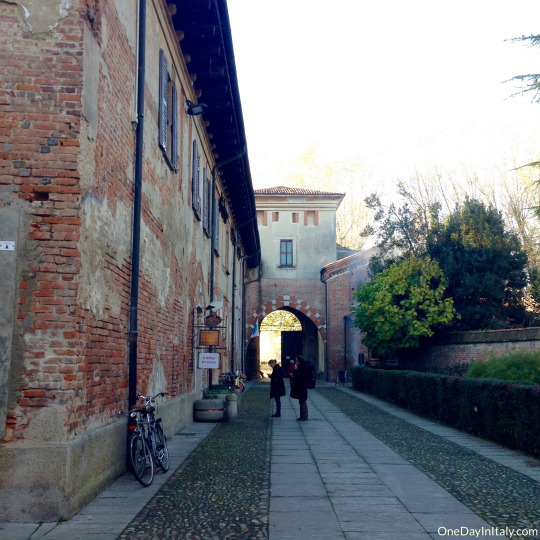
All in all, exploring the Abbey of Chiaravalle and taking a stroll through the nearby park added up to a lovely Sunday afternoon. A few friends wound up meeting me and we had a drink and fresh-roasted chestnuts in the abbey’s caffé. And of course, I couldn’t leave without another stop into the shop, gathering some fresh cheeses, pastas, homemade soaps and monk-made Nocino. I have to admit, I almost went for their “Elixer of Long Life” instead…
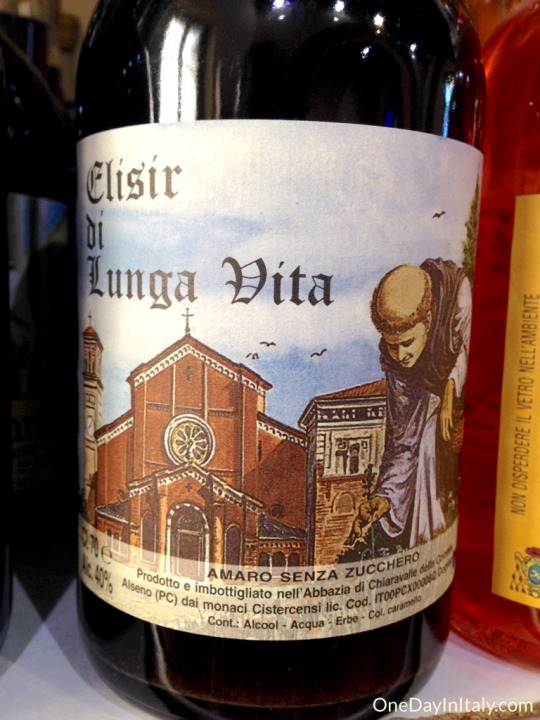
Comments
comments

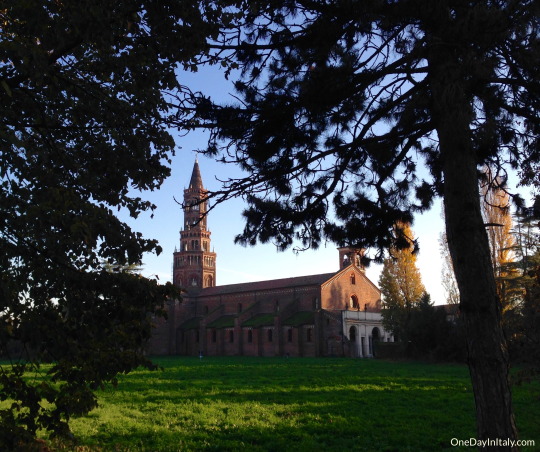












Leave a Reply